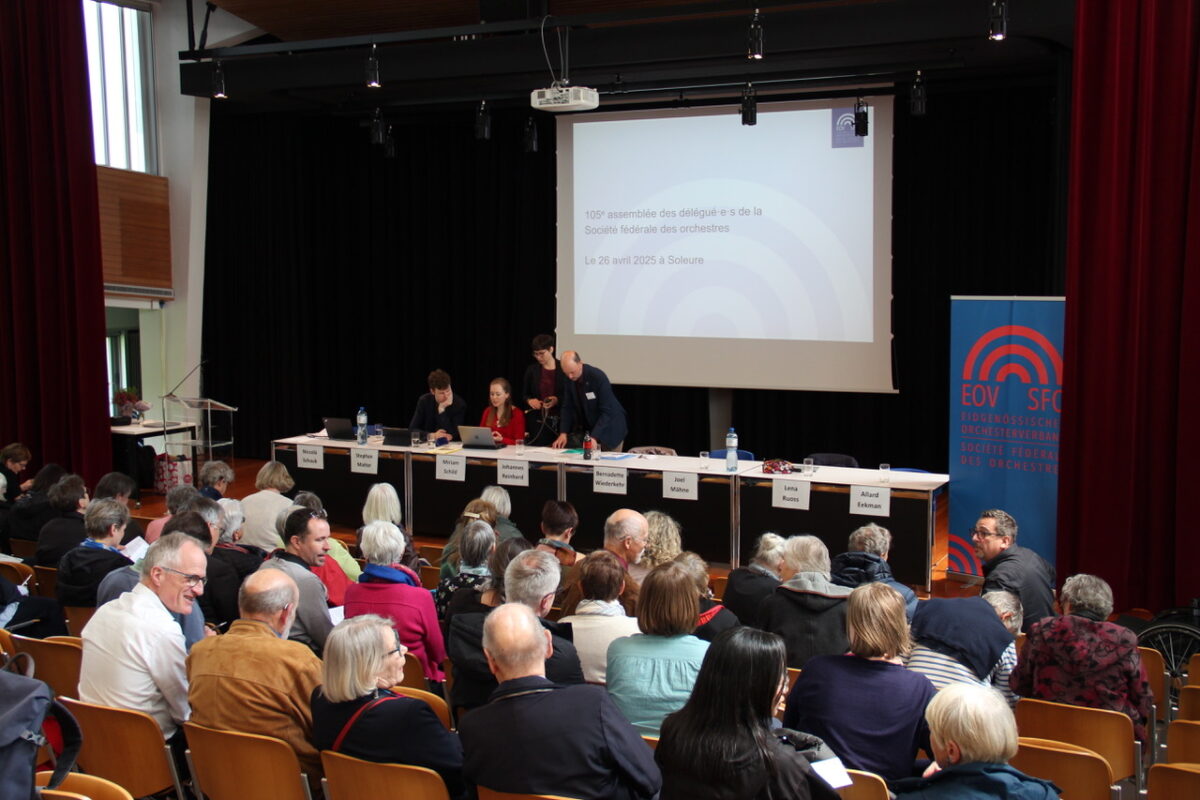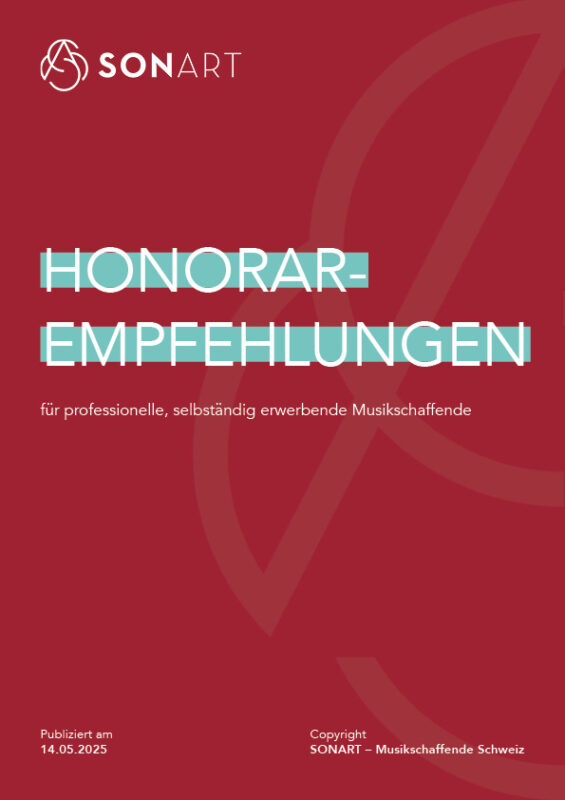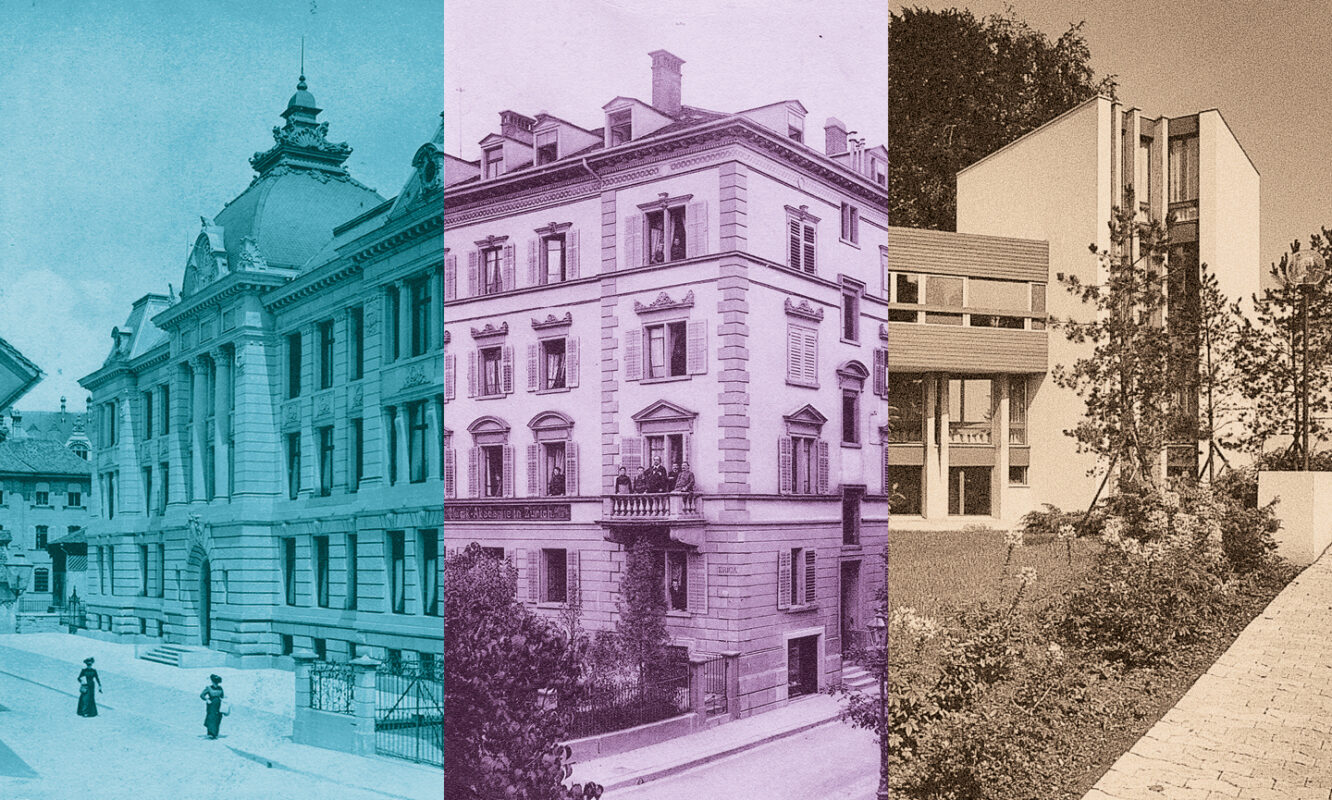Confoederatio Ludens
The interdisciplinary research project CH Ludens examines the Swiss history of digital games between 1969 and 2000 - with a special focus on sound and music at the University of Bern.
Digital games can look back on a good 50 years of history. They not only make up the majority of entertainment
industry worldwide, but are also a cultural asset and are increasingly becoming the focus of politics and science. The research discipline of game studies, which has been established since the turn of the millennium, was for a long time limited to a perspective restricted to the USA and Japan. Only recently has there been an awareness of an independent, dynamic and influential history of digital games in Europe and other regions, with Switzerland also having a lively scene of gamers and game development. In a "Contre Histoire", the CH-Ludens research project is now working on this
cultural heritage.
Sound and music in digital games
The 1980s and 1990s represent a turning point in the audio design of digital games from mere functional beeps to differentiated platform and region-specific aesthetics. Creating recognizable sounds and melodies was a technical challenge. Either there were no dedicated sound chips or they had to be coded specifically for each computer platform, and even then, melodies sounded different on different devices. While the first computers only had a single-channel beeper, later sound chips enabled different frequencies, but the possible tonalities often sounded strange to the European ear. This is how the individual sounds of digital games, such as the Atari VCS tonality, developed. In terms of media history, these were decisive moments for the formation of game-specific music and earcons that are still used today. From the perspective of the cultural anthropology of music, Addrich Mauch from the University of Bern is investigating specifically Swiss game audio designs of this period, their unique aesthetic and functional characteristics as well as their cultural and technical influence in the context of global game development.
Interdisciplinary cooperation
While game studies are only just becoming established at the Bern University of the Arts and the University of Bern, the Zurich University of the Arts ZHdK was the first to set up its own GameLab and has since organized a series of conferences and published various books. This example was recently followed by the University of Lausanne UNIL (and the École Polytechnique Fédérale de Lausanne EPFL) with their own GameLabs. Under the direction of Eugen Pfister, the SNSF-Sinergia project brings together 20 researchers from the four Swiss universities with a common interest in the history of digital games in Switzerland, bringing together a wide variety of methods and academic questions. The academic backgrounds range from cultural anthropology of music, literary studies, history, game design and game design studies, digital humanities, graphic design, linguistics to media studies and many others.
On the one hand, the aim is to learn as much as possible from each other using interdisciplinary approaches and, on the other hand, to gain a better understanding of the
The project aims to create a link to the digitalization of Swiss society in the 20th century by understanding digital games as a cultural technology. The project is also an important step towards preserving a Swiss cultural heritage that is in danger of being forgotten.








